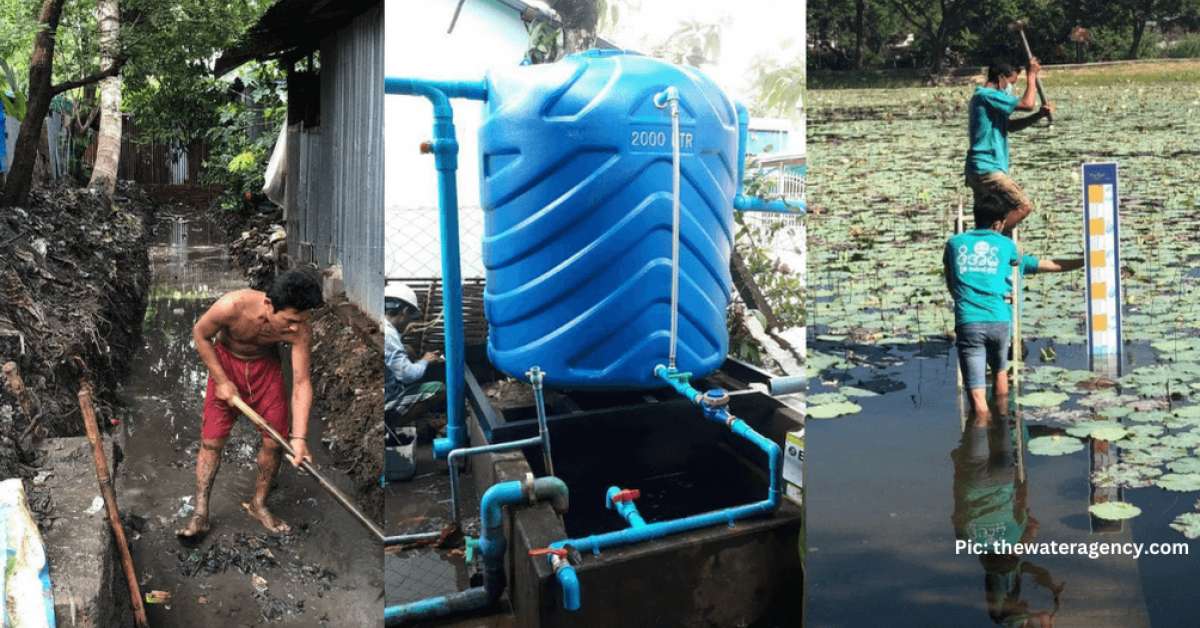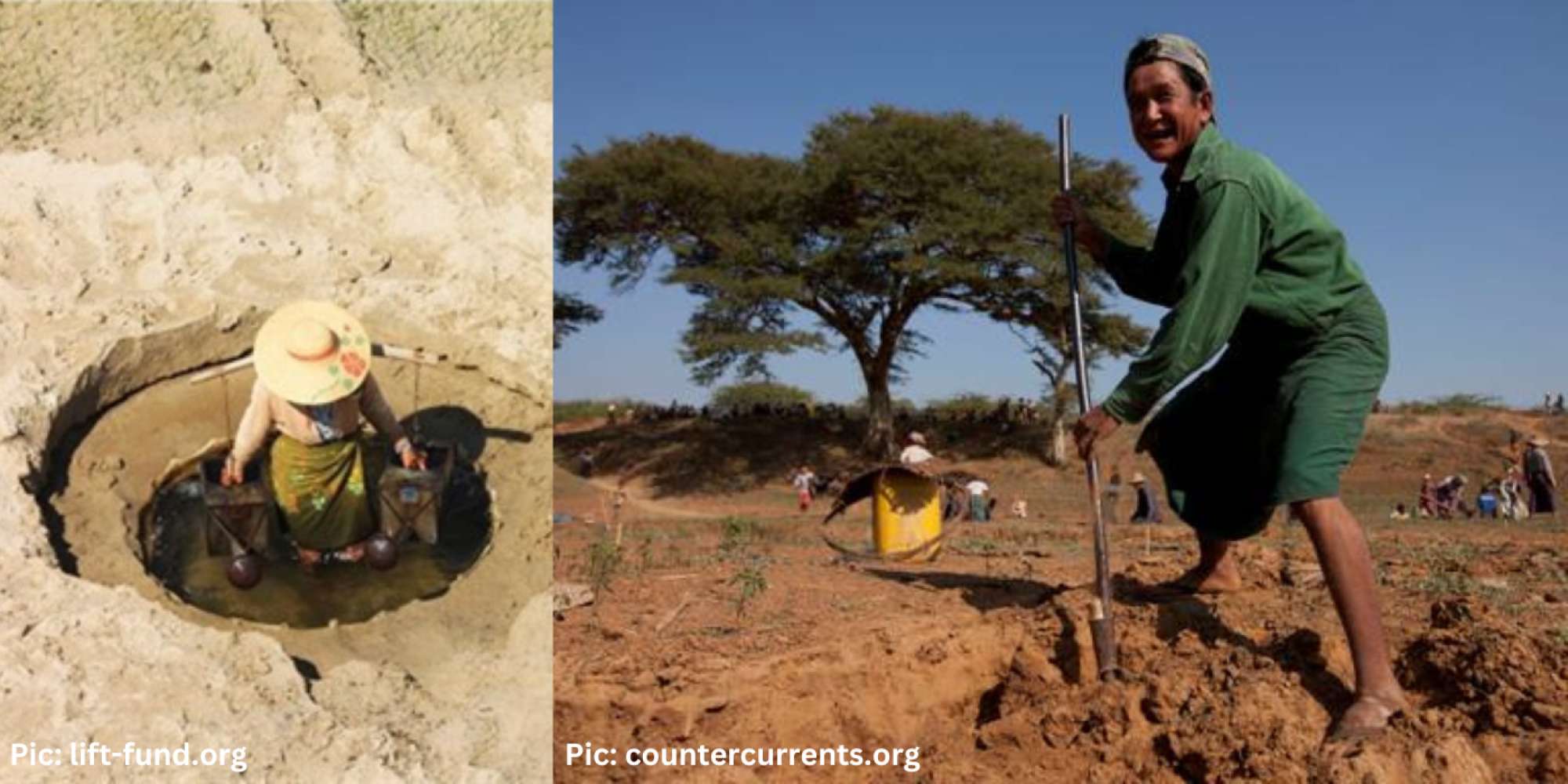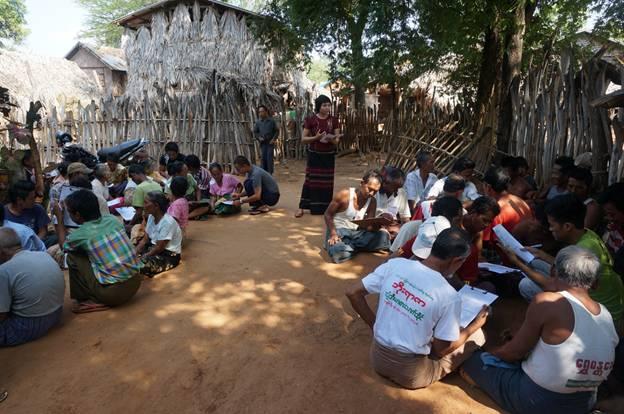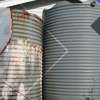15 September 2022
Rainwater Harvesting Around the World – Myanmar
Since the people of Myanmar have high water consumption patterns, rainwater harvesting is of prime importance for them, and they have begun rainwater recharge schemes all over the country.

The famous fable ‘The Ant and the Grasshopper’ tells us the story of the hardworking ant that collects food for the harsh winter ahead. The moral lesson of the story is the virtues of planning effectively for an uncertain future. Like the prudent ants from Aesop's fable, people in Myanmar prepare for uncertain times ahead. They save up water during the monsoon season, so they don't have to be so concerned about water shortage during the dry season when the heat is intense.

The collection and storage of rainwater for domestic use have been practised in every part of Myanmar since ancient times. Farmers in Myanmar dig up the soil in their fields to encourage the seepage of precious rainwater into the groundwater table. There are several types of rainwater harvesting ponds in the villages of Myanmar, some are specially designed to handle storage only for human consumption after sedimentation. The pond walls are built as high as 6 ft., so it is protected from domestic animals entering them and polluting them. This is crucial protection that needs to be strictly adhered to.
While rainwater does not always provide a full year-round supply, rainwater harvesting enhances water security and generally provides good quality water. Its use is nowadays promoted by Governments and NGOs alike for various domestic applications, and activities focusing on rainwater harvesting (RWH) systems are being organized in Myanmar as well.

Changes in rainfall patterns both drought conditions and flooding are seen in most parts of the world, and rainwater harvesting has been a great solution for many where it can provide around 50 per cent of a family’s water needs. Rainwater is the only source that can provide considerable water resources in humid and semiarid and arid regions. A 75,000km expanse of land in Myanmar’s Dry Zone is home to almost a quarter of Myanmar’s population. Myanmar has faced severe water shortages in the past, both for consumption and agriculture. Since the people of Myanmar have high water consumption patterns, rainwater harvesting is of prime importance for them, and they have begun rainwater recharge schemes all over the country.
Singapore's Lien AID Community Water Management program founded in 2006 is an international non-profit committed to enabling sustainable access to clean water and sanitation for Asia’s rural poor. The charity partnered with the Department of Rural Development in Myanmar to implement a 4-year clean water project in remote rural Myanmar. The program has been executed in 35 villages in the Ayeyawady Region where 86% of the rural population lives and a significant number of people lack access to safe water and sanitation.
Pilot project activities focusing on rainwater harvesting systems have been implemented by the Support to Rural Livelihoods and Climate Change Adaptation initiative in Himalica pilot villages in Myanmar. Thanks to these rainwater harvesting technologies, women benefit most at the community level. Individual households now can collect rainwater in the rainy season in just 15-25 minutes, freeing them to devote more time to farm work and other household chores, including childcare.


